Mastering R-Controlled Vowels: Engaging Activities for Kids
Welcome, dear teachers and parents! If you’ve ever found yourself puzzling over how to explain the quirks of the English language to a kindergartener, you’re in the right place. Today, we’re diving into the mysterious world of R-controlled vowels – also known as Bossy R vowels. These vowels are tricky, but with the right activities, your little learners will be mastering them in no time!
What Are R-Controlled Vowels?
R-controlled vowels occur when a vowel is followed by the letter 'r', which changes the way the vowel is pronounced. Think of the word “car” – the ‘a’ doesn’t sound like the usual ‘a’ we know. Instead, it’s bossed around by the ‘r’ and becomes an entirely different sound. The main R-controlled vowels are:
- ar as in "car"
- er as in "her"
- ir as in "bird"
- or as in "corn"
- ur as in "fur"
R-Controlled Vowel Activities Must Haves:
1. R-Controlled Vowel Coloring Pages
- Let your students unleash their creativity while reinforcing phonics skills. These coloring pages are perfect for visual learners and provide a relaxing way to practice.
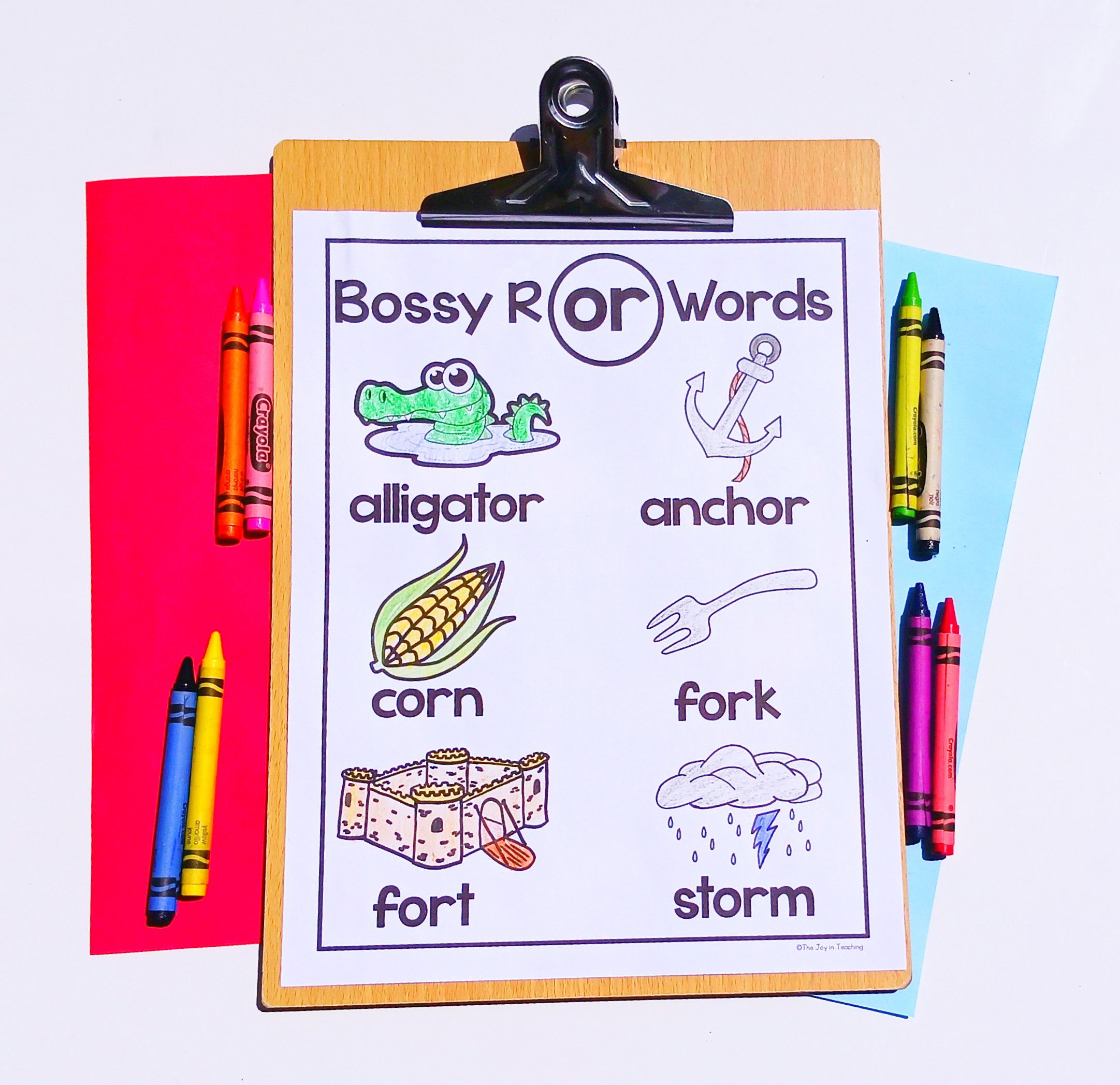
2. R-Controlled Vowel Flashcards
- Flashcards are a staple in any phonics lesson. These cards help with quick recognition and can be used in a variety of games and activities.
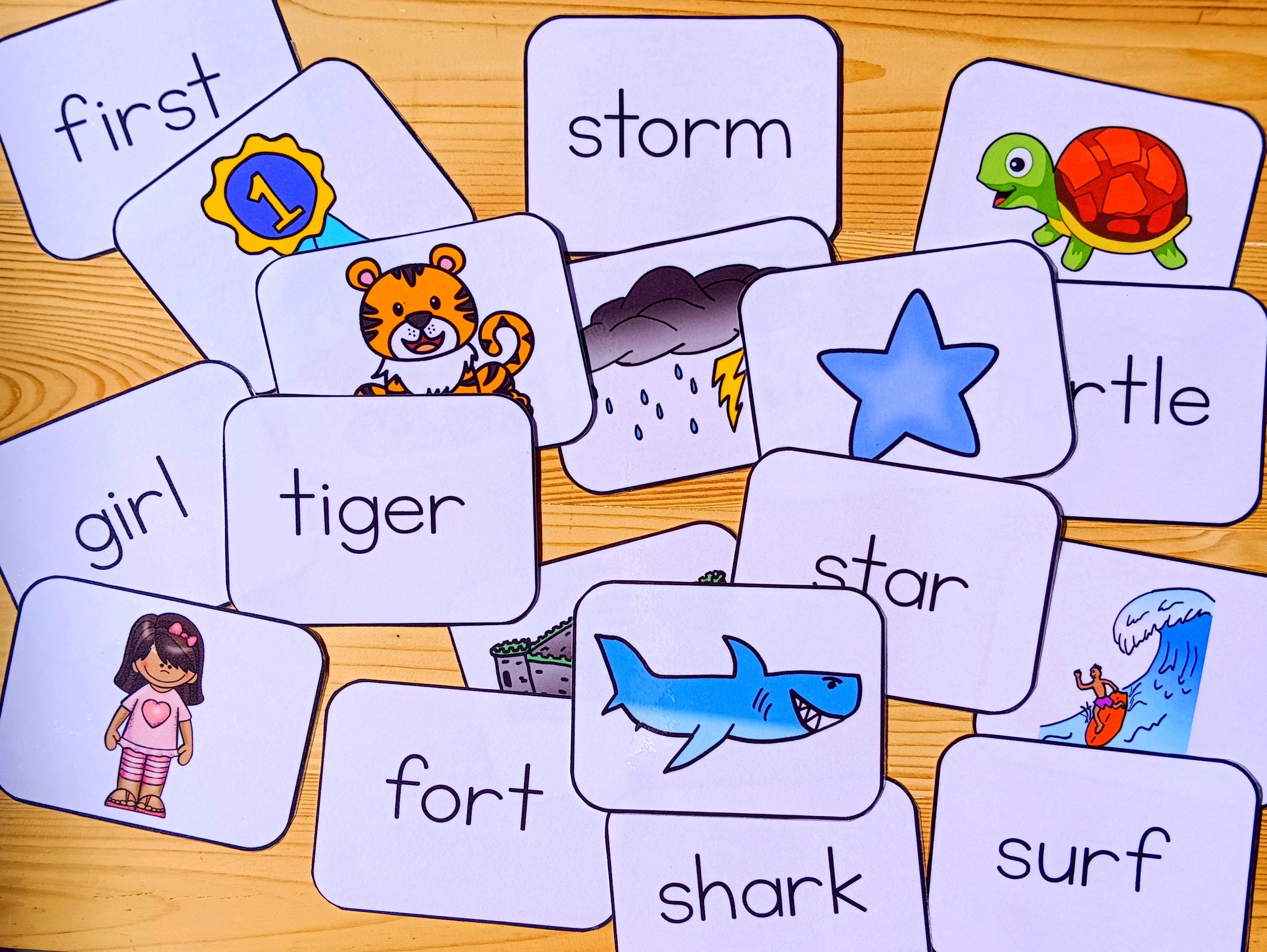
- Bright and colorful posters to display in the classroom or at home. These serve as constant reminders of the sounds and their corresponding words.

- An anchor chart is a great visual aid for explaining the concept of Bossy R. Use this chart to introduce the idea and refer back to it during lessons.
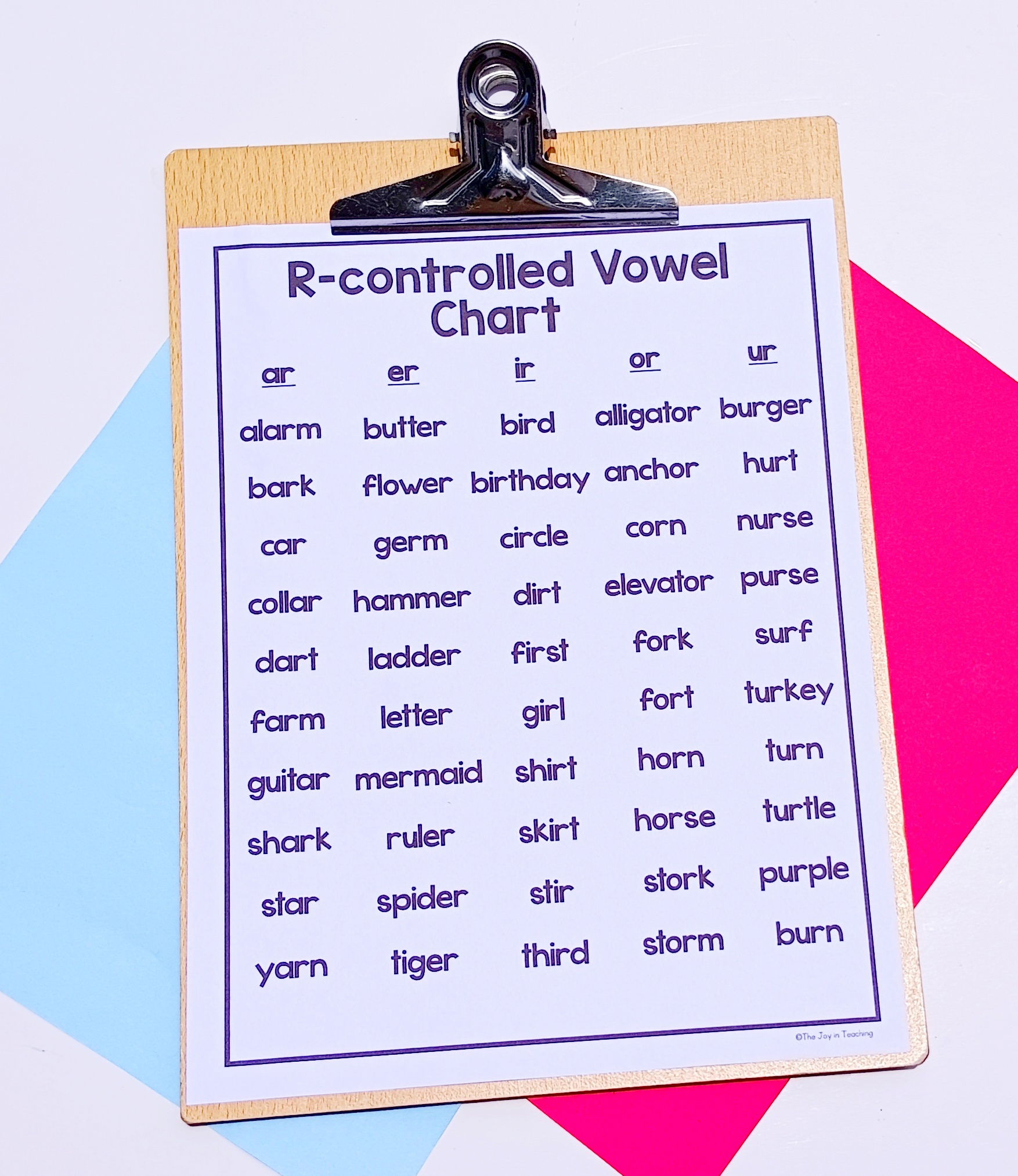
5. R-Controlled Vowel Reading Passages
- Simple, engaging reading passages that include plenty of R-controlled words. These passages help students apply their knowledge in context.
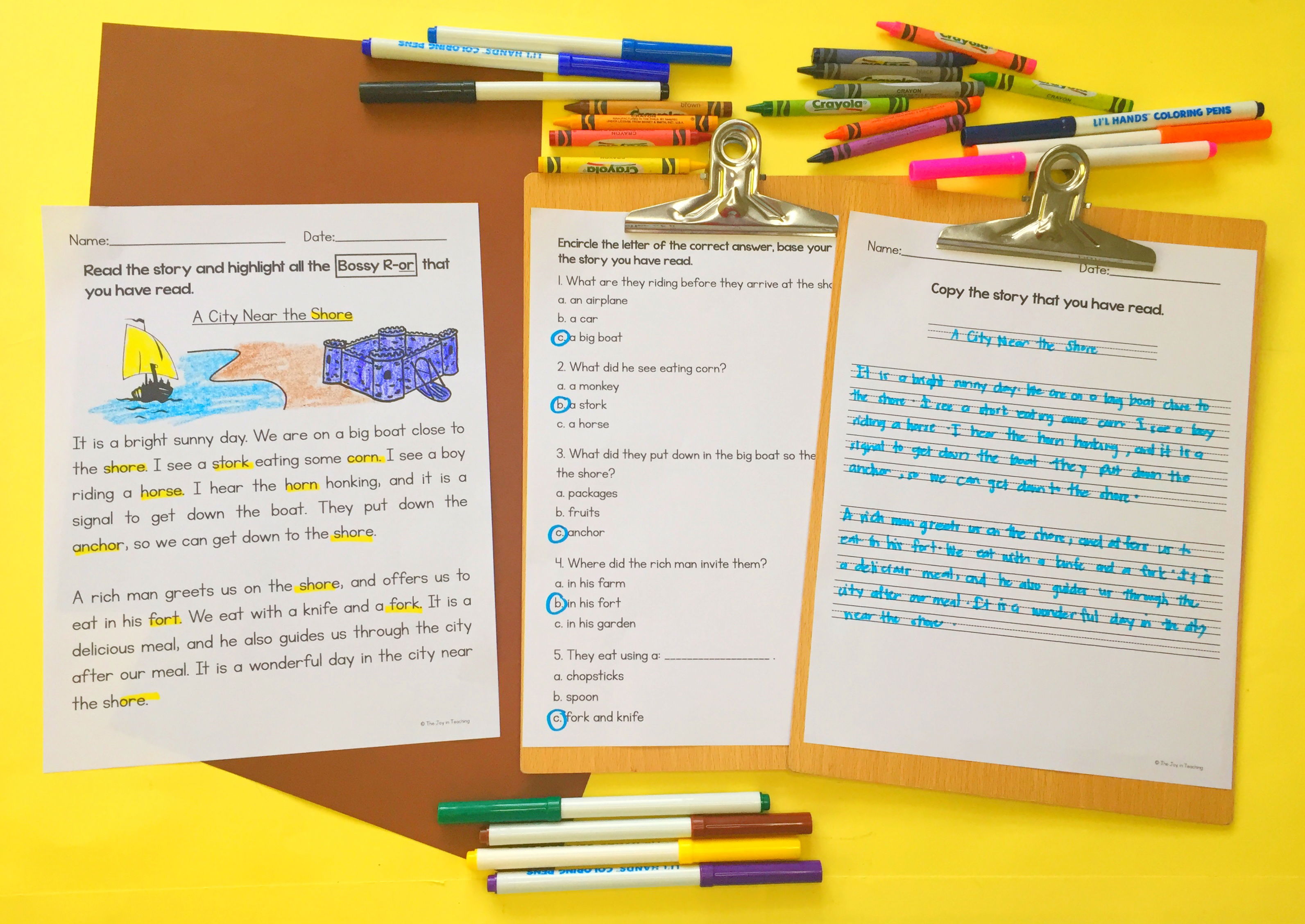
Other R-Controlled Vowel Passage
6. Bossy R Sentence Flashcards
- Sentence flashcards that include R-controlled words. Great for sentence-building activities and reading practice.

7. R-Controlled Vowel Word Hunt
- A fun and interactive word hunt that gets students moving and searching for words around the classroom or home.

8. R-Controlled Vowel Worksheet
- Comprehensive worksheets that cover a range of activities from matching to fill-in-the-blanks, ensuring students get plenty of practice.
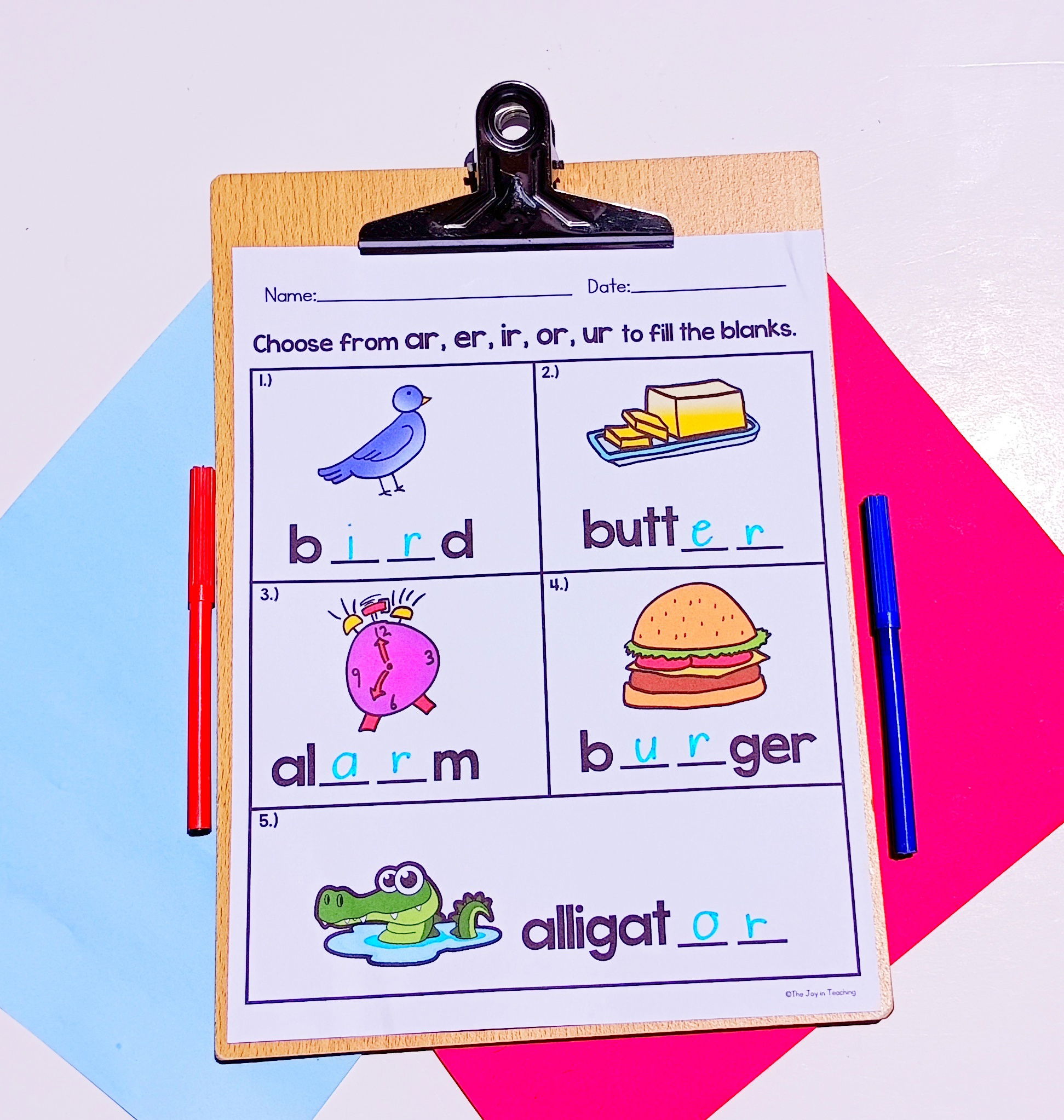
9. R-Controlled Vowel Tracing Flashcards
- These cards help with handwriting practice while reinforcing the R-controlled vowel sounds.

10. R-Controlled Vowel Read, Write, and Match
- Activities that involve reading a word, writing it down, and matching it to a picture. This multi-sensory approach reinforces learning.
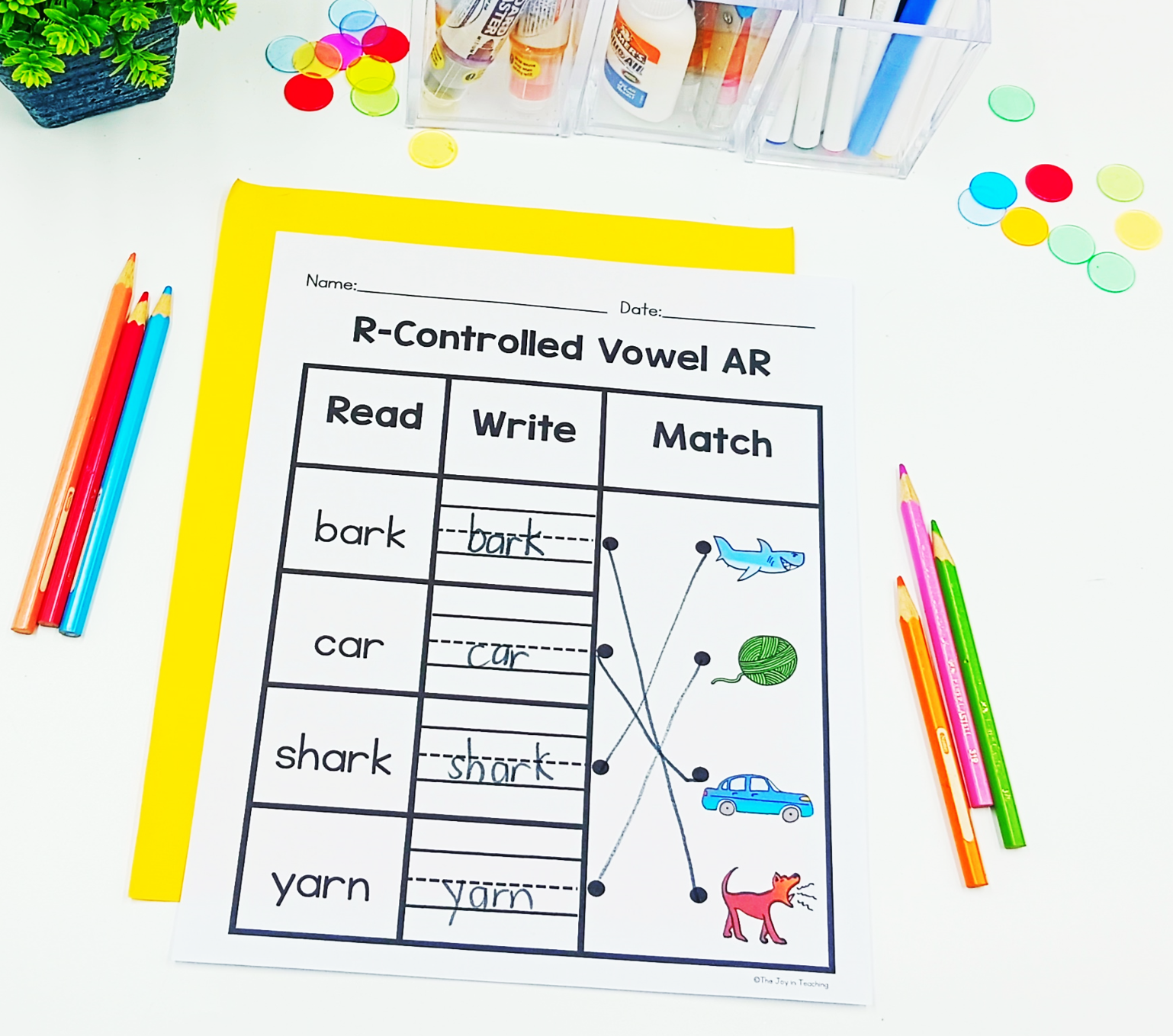
11. R-Controlled Vowel Cut and Paste
- Cut and paste activities that develop fine motor skills while engaging with phonics practice.
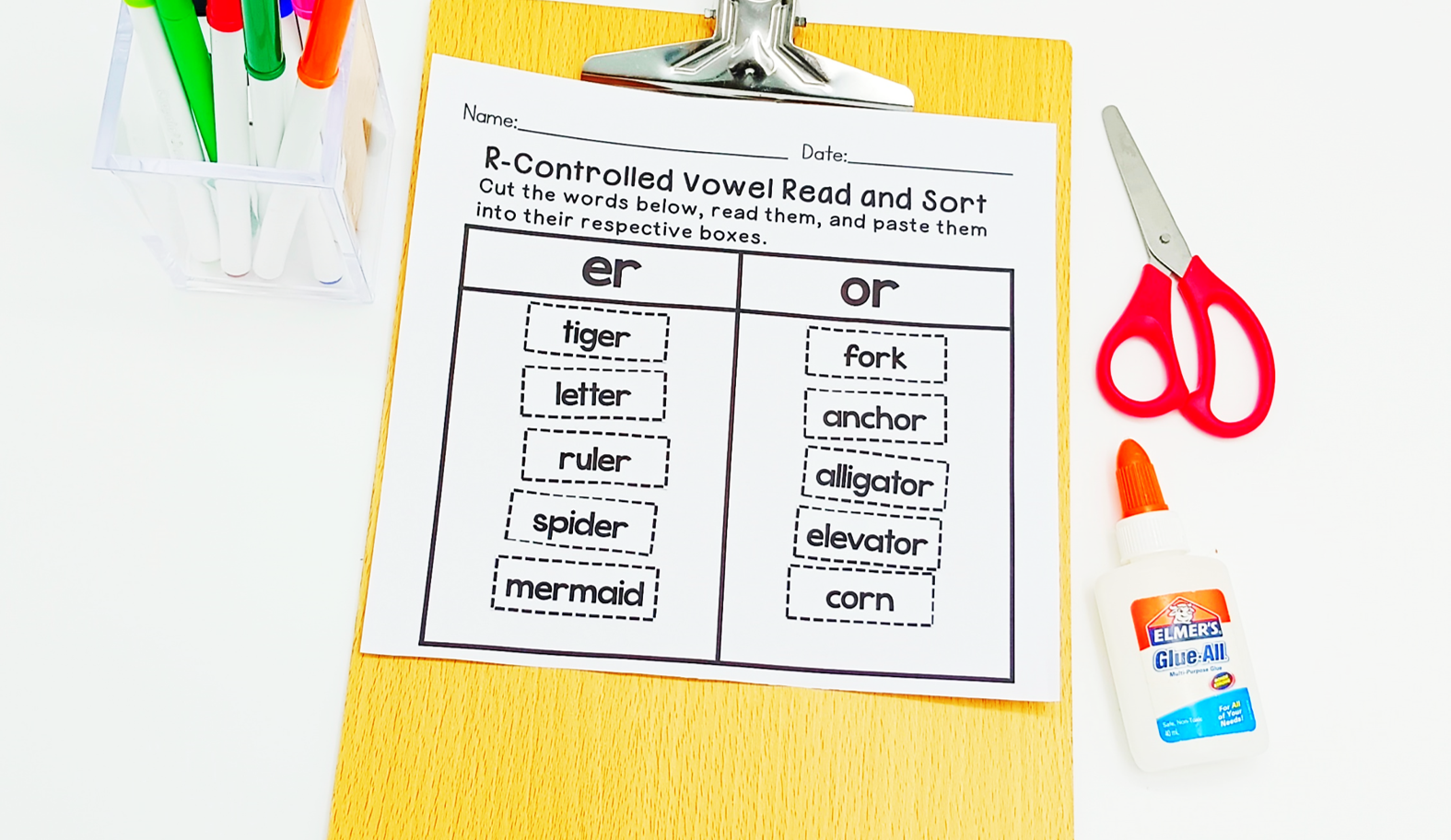
Tips and Tricks for Teaching R-Controlled Vowels
Teaching phonics can sometimes feel like trying to herd cats, but with these tips, you’ll have your students reading R-controlled vowels like pros:
1. Start with Visuals
- Use the Bossy R Anchor Chart and R-Controlled Vowel Posters to introduce the concept. Visual aids are incredibly helpful for young learners who might struggle with abstract concepts.

2. Incorporate Movement
- Activities like the R-Controlled Vowel Word Hunt get kids moving. Physical activity can enhance learning and make lessons more memorable.

3. Multi-Sensory Approaches
- Combine visual, auditory, and kinesthetic learning styles. For example, while using the tracing flashcards, have students say the word out loud as they trace it.

4. Use Repetition
- Repetition is key in learning phonics. Use the flashcards regularly in different games and activities to reinforce the sounds.

5. Make It Fun
- Incorporate games and playful activities. The cut and paste, coloring pages, and word hunts make learning feel like playtime.

6. Relate to Real Life
- Use real-life examples and personal experiences. If you’re a parent, point out R-controlled words in everyday conversation. If you’re a teacher, use stories and examples from class activities.

7. Consistent Practice
- Make phonics practice a daily routine. Short, consistent sessions are more effective than occasional long ones.

Conclusion Teaching R-controlled vowels doesn’t have to be a daunting task. With the right resources and a bit of creativity, you can turn phonics lessons into a fun and engaging adventure. Happy teaching, and may your days be filled with the joy of learning!
Follow Me for More Teaching Tips with Joy For more tips, resources, and a daily dose of teaching joy, follow me on:
Got questions or want to share your success stories? Drop me an email at thejoyinteaching@gmail.com. I love hearing from fellow educators and parents! Happy Teaching!
Joy Medalla
The Joy in Teaching 💛